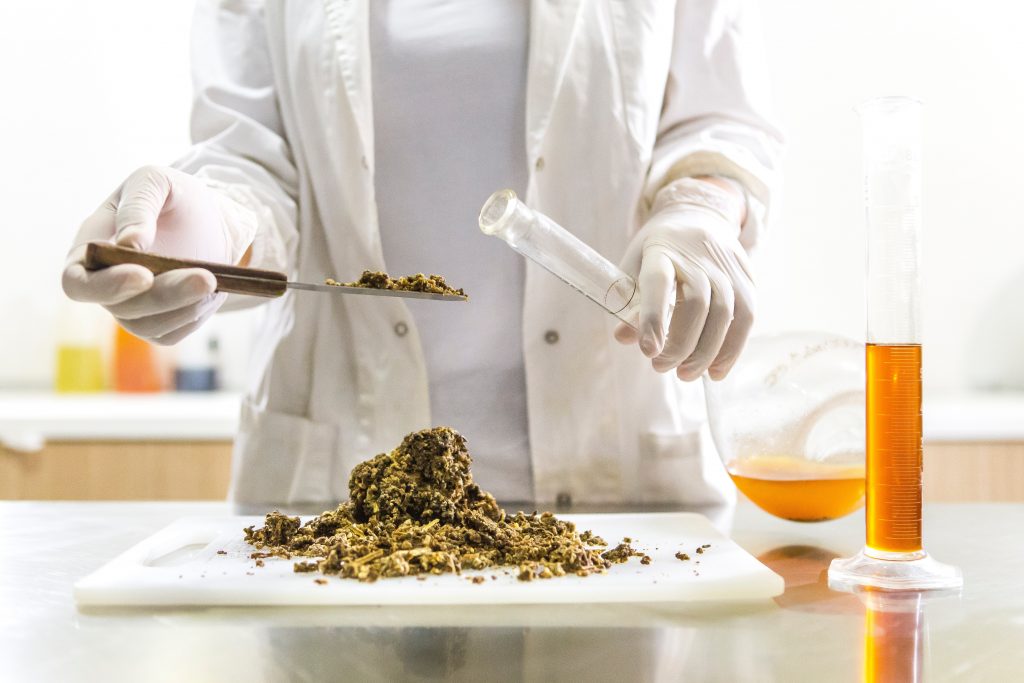There are few subjects which will fire up stronger emotions among doctors, scientists, researchers, policy makers. And therefore the public than medical marijuana. Is it safe? Should it’s legal? Decriminalized? Has its effectiveness proved? What conditions is it useful for? Is it addictive? How can we keep it out of the hands of teenagers? It’s all about what are the best questions to ask about this subject. Is it a “wonder drug”? Will it eventually become legal in general? Here are just a few. That I’m getting to studiously avoid. So we will specialise in two specific areas.
In what ways do patients find marijuana useful? How can they discuss it with their doctor? Marijuana is currently legal except for the federal government. It is illegal as a whole. The Obama administration didn’t make prosecuting medical marijuana even a minor priority. President Donald Trump promised to not interfere with people that use medical marijuana. Though his administration is currently threatening to reverse this policy. About 85% of us citizens support legalizing medical marijuana. It’s estimated that a minimum of several million Americans currently use it.
Medical Marijuana without the high
The extract from the hemp plant is referred to as CBD (which stands for cannabidiol). Because this component of marijuana has little if any intoxicating properties. Marijuana itself has quite 49 active components. THC (which stands for tetrahydrocannabinol) is the chemical that causes the “high” that goes alongside marijuana consumption. CBD-dominant strains have little or no THC, so patients report little. Or no if any alteration in consciousness.
Patients do, however, report many benefits of CBD, from relieving insomnia, anxiety, spasticity. And pain to treating potentially life-threatening conditions like epilepsy. One particular sort of childhood epilepsy called Dravet syndrome is nearly impossible to regulate. But responds dramatically to a CBD-dominant strain of marijuana called Charlotte’s Web. The videos of this are dramatic.
Uses of Medical Marijuana
The most common use for medical marijuana within the US is for pain control. While marijuana isn’t strong enough for severe pain. For example, post-surgical pain or a broken bone. It’s quite effective for the chronic pain that plagues many Americans, especially as they age. A part of its allure is that it’s clearly safer than opiates (it is impossible to overdose on and much less addictive). It also can take the place of NSAIDs like Advil or Aleve. If people can’t take them thanks to problems with their kidneys. In particular, marijuana appears to ease the pain of MS. This is often a neighborhood where few other options exist.
And people that do like Neurontin, Lyricaare highly sedating. Patients claim that marijuana allows them to resume their previous activities without feeling completely out of it. Along these lines, marijuana is claimed to be an incredible relaxant. And other people swear by its ability to reduce tremors in Parkinson’s disease. I even have also heard of its use quite successfully for fibromyalgia, endometriosis, interstitial cystitis. Most other conditions where the ultimate common pathway is chronic pain. Marijuana is additionally wont to manage nausea and weight loss. And may be wont to treat glaucoma. A highly promising area of research is its use for PTSD in veterans who are coming back from combat zones.
Many veterans and their therapists report drastic improvement. For a loosening of governmental restrictions on its study. Medical marijuana is additionally reported to assist patients affected by pain. And wasting syndrome related to HIV. Also as irritable bowel syndrome and Crohn’s disease. This is not intended to be an inclusive list. But rather to offer a quick survey of the kinds of conditions that medical marijuana can provide relief. Like all remedies, claims of effectiveness should be critically evaluated.
Talking together with your doctor
The medical profession has often been overly dismissive of this issue, which is at least partially to blame for many patients’ desire to learn about medical marijuana. Doctors are now playing catch-up. And trying to stay before their patients’ knowledge on this issue. Other patients are already using medical marijuana. But don’t have the skills to inform their doctors about this for fear of being criticized. My advice for patients is to be entirely open. And honest together with your physicians. And to possess high expectations of them. Tell them that you simply consider this to be a part of your care. Which you expect them to be educated about. And to be ready to a minimum of point you within the direction of the knowledge you would like .
My advice for doctors is that whether you’re pro, neutral or against. Medical marijuana patients are embracing it. And although we don’t have rigorous studies. And “gold standard” proof of the advantages. As a results its bring risk of medical marijuana. We’d like to find out about it. Otherwise, our patients will hunt down other, less reliable sources of information. They’re going to still use it. They only won’t tell us. And there’ll be that much less trust. It strength in our doctor-patient relationship. I often hear complaints from other doctors that there isn’t adequate evidence to recommend medical marijuana. But there’s even less scientific evidence for sticking our heads within the sand.

